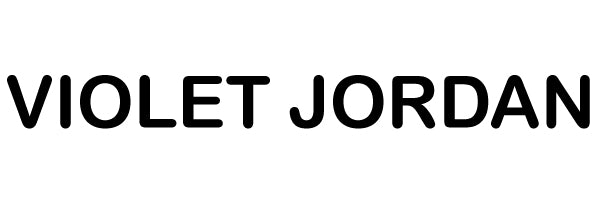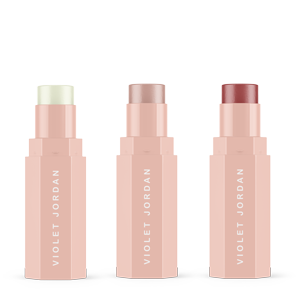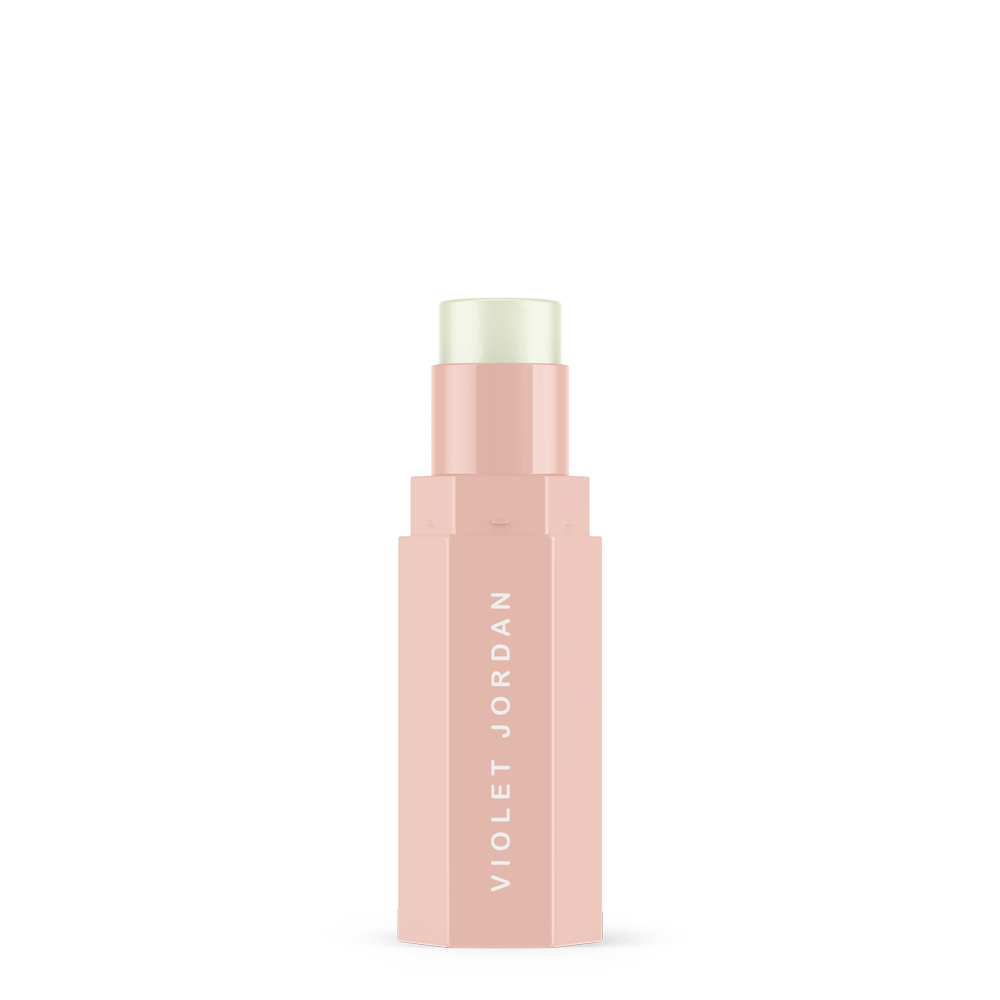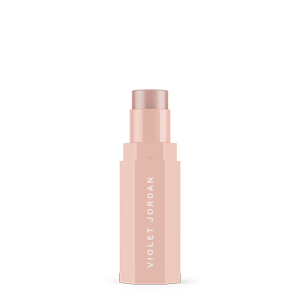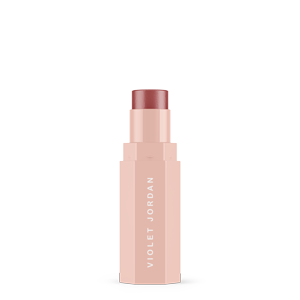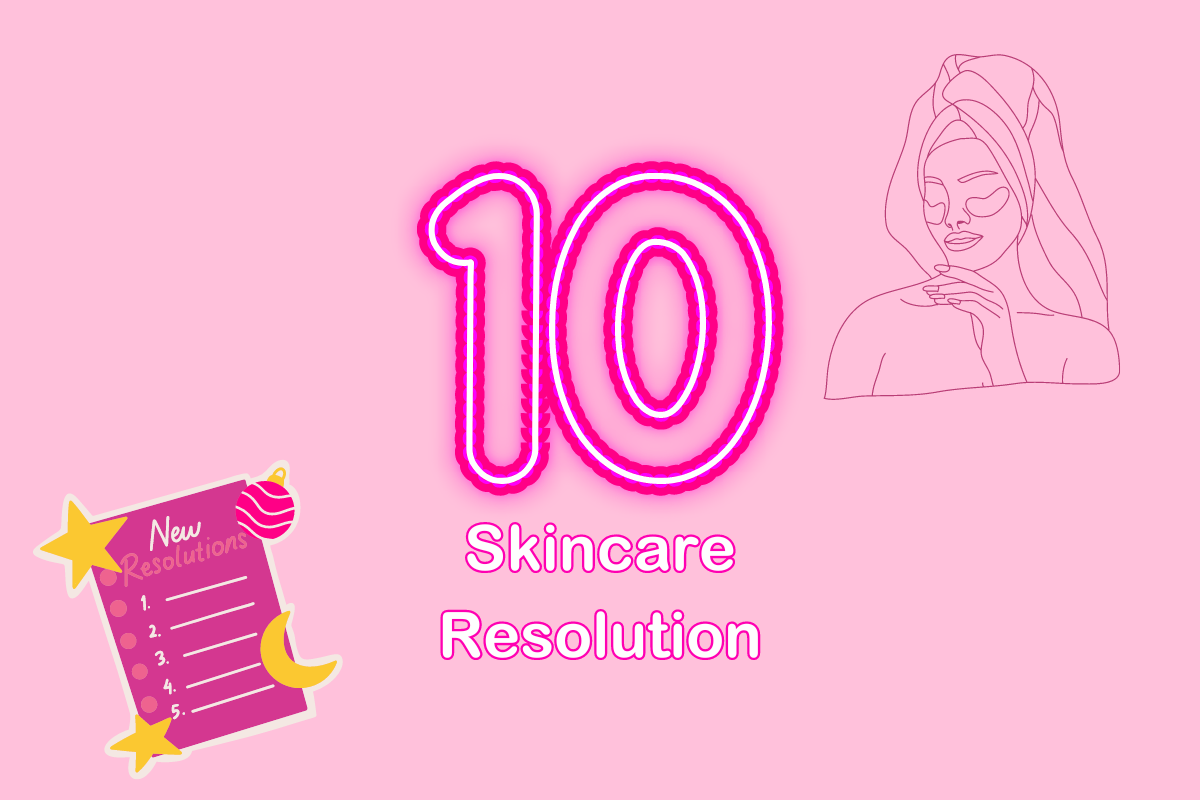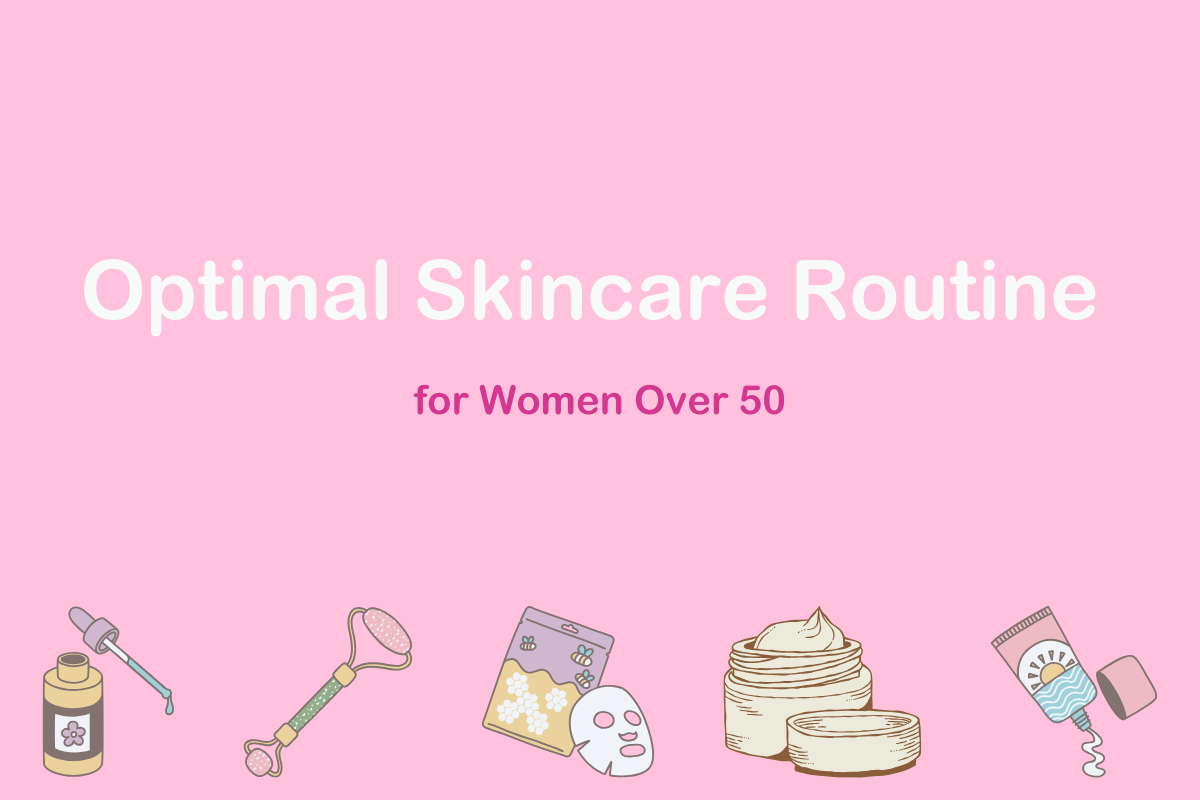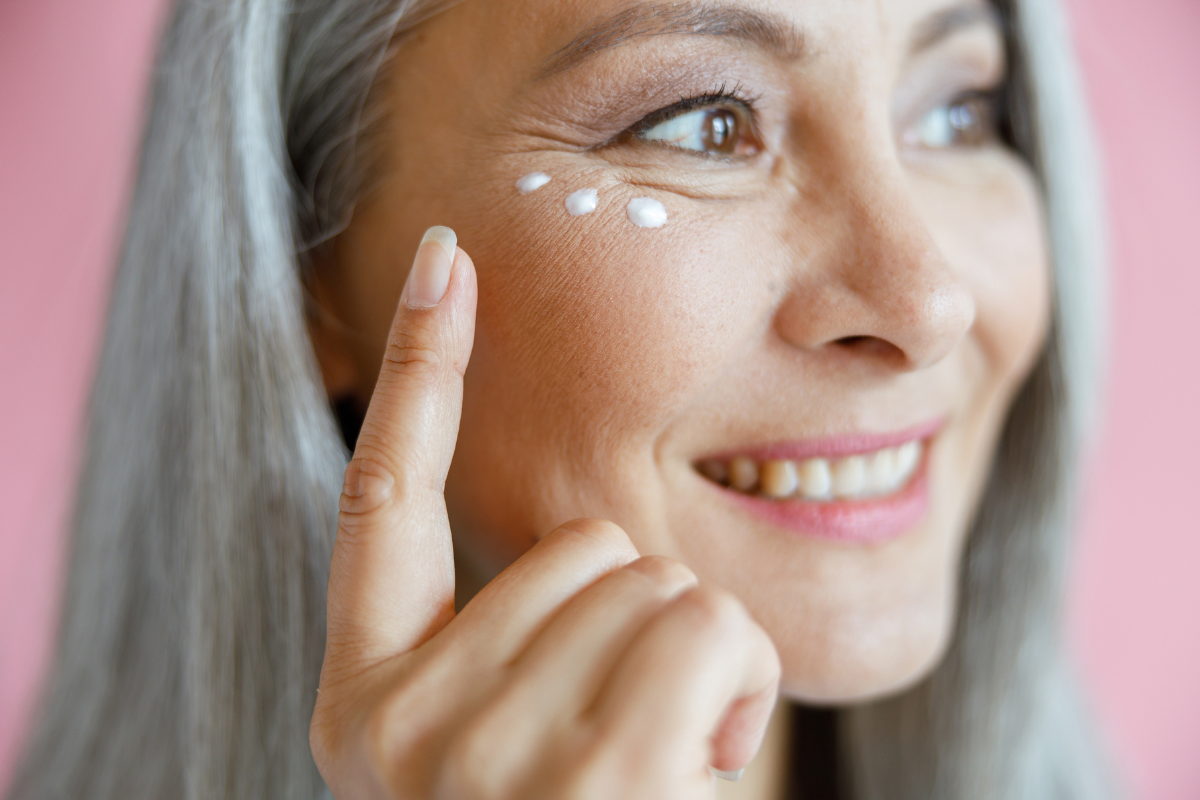
Beauty standards are ever-changing. The word 'beautiful' has encompassed a plethora of meanings over time, making it much easier to diminish the power of societal expectations regarding beauty.
We all know the cliche “beauty is in the eye of the beholder” ", which hones the wisdom that “beauty” is subjective. At Violet Jordan, we believe that there are just as many ways to be beautiful as there are women in the world.
To take a step back in time as to where our love of make-up comes from, we invite you into this time portal of humans’ journey with cosmetics. Like most everything in Archeology, it is believed that the earliest evidence we have of make-up being used among humans was the Egyptian Civilisation.
Containers that date all the way back to 6000 BCE, called ‘Cosmetic Palettes’, were little ceramic containers with make-up inside. Egyptians believed make-up was next to godliness and that it appealed to the Gods; both men and women of all social classes wore make-up.
Ancient Egypt (3150 - 31 BC) was famous for their heavy eye make-up that consisted of eye liner made from with kohl (a black powder - usually antimony sulphide or lead sulphide). Their eyeshadow was commonly green or blue in colour made from crushed Lapis Lazuli or saffron. Red ochre paste was used to tint their lips and cheeks, and burnt almonds to colour their brows.

For skincare, Egyptians were much more advanced than their descendants; it was popular to use rosewater (that is now known to reduce wrinkles and tighten pores) and copper (which helps heal wounds and scars).
Ancient Greece (800 - 500 BC) were focused on natural beauty with no harsh colouring, coating their skin with white lead (which we now know to be toxic), as well as using honey and olive oil in their various skincare products, like a moisturiser and cleanser. Unibrows were fashionable at the time and women would glue animal hairs between their brows if they did not have them naturally. Being blond/redhead was desirable, so women would bleach their hair with vinegar (which often caused hair loss).
The ancient Greeks were among the first to try quantify beauty, with various philosophers and mathematicians (such as Pythagoras) searching for the ultimate mathematical formula for beauty. They were the group who conceived the idea of the “Golden Ratio” and the concept that a beautiful face is composed of perfectly symmetrical thirds.

Elizabethan Era (1558 - 1603) large foreheads were considered to be desirable, so women used to shave their hairline and pluck their eyebrows thin. In England, pale skin was prized as a symbol of class and wealth. Women would often use a mixture of vinegar and white lead for this purpose. Additionally, another popular cream, made from mercury, promised to remove all dark spots and inconsistencies. However, it also had the effect of removing the top layers of the skin.

Pre-French revolution (1775 - 1789) was a time of pale skin and rouge lips. Lips were kept shiny with grease, and fake veins and beauty marks were painted on to enhance the paleness of the skin.

Victorian Era (1837 - 1901) had a big focus on clear skin, to the point where lips and cheeks were not coloured because it was considered scandalous, therefore women would pinch their cheeks for a natural flush instead.

Fifties (1950-1959) was a time of change after The Great Depression and World War II. The economy was booming for the first time in decades, which allowed the cosmetic industry to provide cosmetics at affordable prices to women of every class.
The availability of these products created a societal expectation for women to “keep up appearances”. The bright full red lip was popularised as well as fuller eyebrows with a prominent arch. The skin was always kept smooth with a kiss of rouge on the tops of the cheeks.

Present-day (2020s) allows for make-up to be more than it ever was before. It is being promoted to everyone of every race, gender, and class through social media. Make-up has turned into whatever anyone wants it to be. People can wear no make-up, colourful make-up looks, create their own make-up brands, and even have a career in make-up artistry.

Pro-age movement is redefining beauty standards by celebrating age rather than concealing it. This community is empowering individuals to embrace their natural beauty, emphasising the importance of self-love and acceptance at every stage of life. By championing diversity and inclusivity, the pro-age movement challenges outdated perceptions and promotes a more authentic and holistic view of beauty.

As we continue to explore new trends and innovations in make-up, it’s crucial to remember the core message of the pro-age community: beauty is not confined to youth. It transcends age, embracing the unique stories and experiences etched into our skin.
By honouring our past while looking forward to the future, we can create a more inclusive and empowering definition of beauty that celebrates every individual, at every age.
